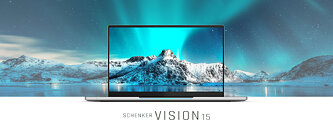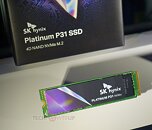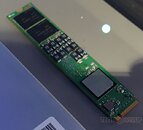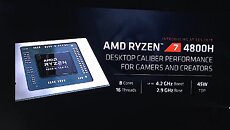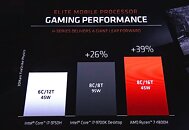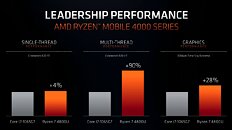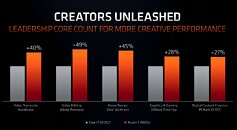MediaTek Announces Kompanio 1380 for Premium Chromebooks
MediaTek today announced its new Kompanio 1380 chip, which offers a new level of performance and best-in-class features for premium Chromebooks such as the new Acer Chromebook Spin 513. The Kompanio 1380 delivers incredible portable computing experiences with superb battery life, all in a compact form factor for slim and lightweight devices. "Kompanio 1380 continues MediaTek's legacy as the No. 1 chipmaker for Arm-based Chromebooks, elevating premium Chromebook experiences with next-level performance and extra-long battery life," said PC Tseng, general manager of Intelligent Multimedia Business Unit at MediaTek. "This chip stands out with its outstanding processing performance, best-in-class multimedia and AI features, and smooth cloud gaming capabilities, all integrated into an ultra-efficient 6 nm chip."
"Chromebook users have come to expect more from their Chromebooks, increasingly they are looking for their devices to strike a perfect balance of performance, weight and power efficiency," said John Solomon, VP of Chrome OS at Google. "The Kompanio 1380 is an integral part of delivering a great experience for users whether they're working from home, enjoying media on the go, or anything in between. We're excited to see its versatility come to life on the Acer Chromebook Spin 513, the first product to launch with this chip."
"Chromebook users have come to expect more from their Chromebooks, increasingly they are looking for their devices to strike a perfect balance of performance, weight and power efficiency," said John Solomon, VP of Chrome OS at Google. "The Kompanio 1380 is an integral part of delivering a great experience for users whether they're working from home, enjoying media on the go, or anything in between. We're excited to see its versatility come to life on the Acer Chromebook Spin 513, the first product to launch with this chip."









